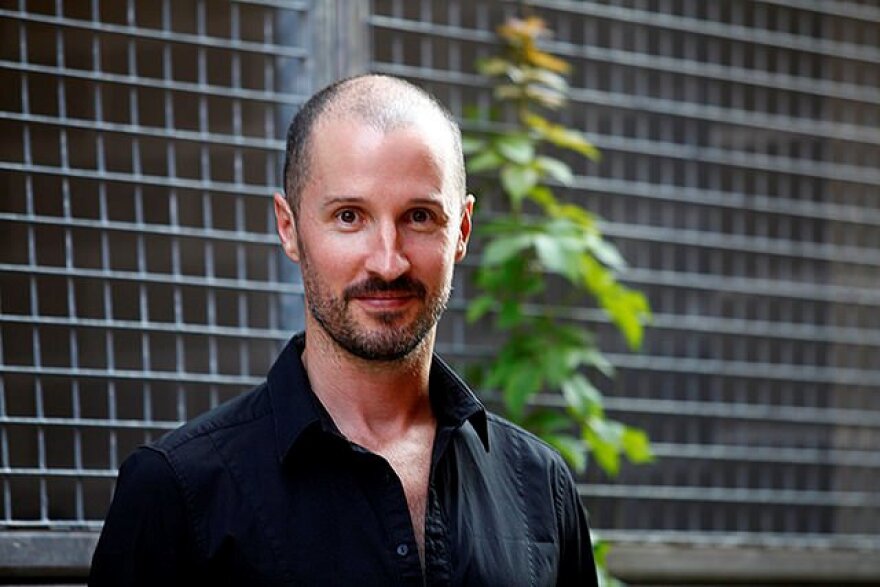Louisville Ballet’s new artistic director Robert Curran has just arrived from Australia to take the reins of the state’s flagship dance company. The Ballet opens their new season Friday with the 19th century classical ballet “Giselle,” a story in two acts with a score by Adolphe Adam. The story by Jules-Henri Vernoy de Saint-Georges and Theophile Gautier was inspired by works by Heinrich Heine and Victor Hugo.One of the most popular and enduring of the classic Romantic ballets, “Giselle” is the story of a peasant girl who falls in love with a stranger, only to find out he is actually a duke betrothed to another member of the royal court. Giselle, who suffers from a heart condition, goes mad from the shock and her weakened heart gives out. In the second act, she is resurrected as one of the Wilis, spirits of jilted girls who dance their betrayers to death in revenge. Act One is a realistic pastoral scene, while Act Two is an iconic “white act” which takes place in an ethereal spirit realm."Giselle" runs for three performances Friday and Saturday in Whitney Hall at the Kentucky Center for the Performing Arts. Curran visited WFPL studios during "Giselle" rehearsals to talk about what the ballet means to him and how he means to put his own mark on a piece from the classical repertoire. Curran on the characters:"I think the most important thing to remember about a ballet like Giselle is that it is a real story, most certainly in the first act. These things happen today. Things go wrong, and life isn’t perfect. Giselle is perhaps naïve, but that’s no sin. Albrecht is longing for some freedom from his life as a member of the court, freedom from an arranged marriage to someone that he perhaps doesn’t love, and that too is no sin. Bathilde, to he is betrothed to, is doing what she was raised for. No fault in that. Hilarion, who is in love with Giselle and has been in love with Giselle for his entire life, is acting out of that love."As key moments in Act One progress, you get this incredible sense that there’s a force that’s stronger than any of them that’s forcing them into this tragic situation."Curran on the theme of forgiveness: "I think that to be able to forgive someone you need to be able to recognize the beauty that’s inside them, the goodness that’s inside them that sits behind some of the bad choices they’ve made, and I think that’s what Giselle does in the second act. I believe she arrives in the second act ready to dance Albrecht to his death. She is conditioned, for want of a better word, by Myrtha, the queen of the Wilis. She is drawn out of her grave with the express purpose of killing Albrecht. But then her love for him, her capacity for recognizing the beauty that sits deep down in Albrecht is what gives her the strength to forgive him and the strength to sustain him until dawn breaks and the Wilis go back to their graves."How Curran plans to put his own touch on this classic ballet: "I might be a bit presumptuous in saying this but I would really like to bring a cinematic quality to these productions, to these traditional ballets. I think audiences are used to and expect a certain quality in period pieces, whether they be on the silver screen or whether they be on stage. So what I would really like to bring is reality."And what that means for this production:"You don’t dumb down for your audience. Our audiences are very intelligent people. They can see things, they don’t need it to be spelled out for them. The other thing that’s really important to me is people have a sensitivity to emotion, they have a sensitivity to energy in the air. If a dancer is feeling that emotion, they are deeply involved in their character, and when they are on stage they are as far as they can go into Giselle or Albrecht or Hilarion, I believe that energy, that internal emotion, manifests in their physicality and also carries across the footlights into the audience. "
New Louisville Ballet Artistic Director Robert Curran To Bring 'Cinematic' Quality to Classic Ballet


